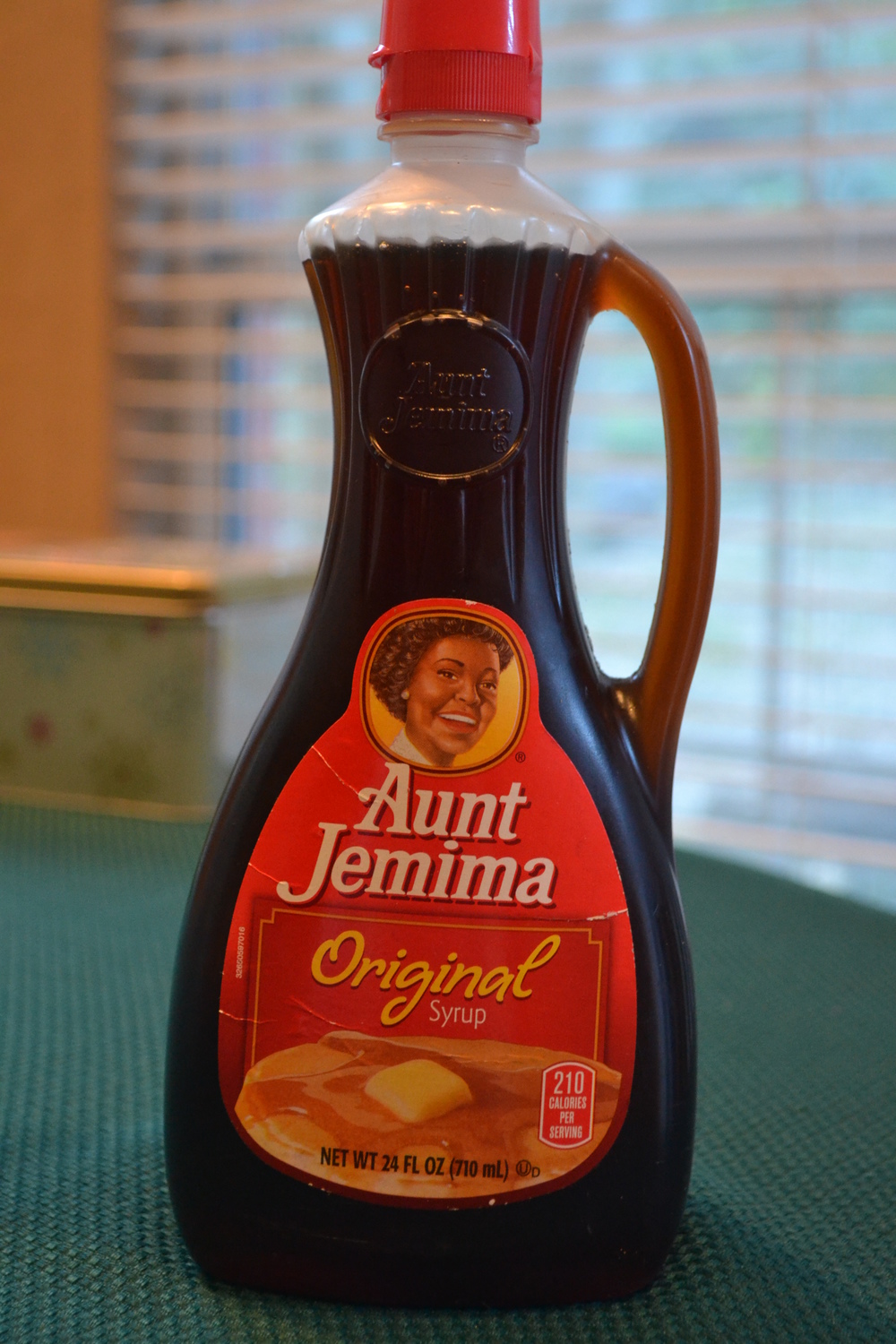National Maple Syrup Day

There are some things that many people don’t take the time to stop and appreciate. When you celebrated Thanksgiving, you most likely gave thanks for your family, friends, and house. But, how about your maple syrup? There is no doubt that this sugary syrup is one of the things we most take for granted. But with December 17 being National Maple Syrup Day, there is no better time to start showing your appreciation.
While many people love this sweet, many don’t know where it originated from. There are many stories of how the sap was found, some being over 300 years old. One story is that the natives simply stumbled upon a leaking sap tree in the forest, while another is a bit more interesting. It says that a chief threw a tomahawk at a tree, and sap came leaking out. The chief’s wife then boiled the sap as an experiment.
Starting in the 17th century, dairy farmers began using syrup as a sweetener for their milk, as it was cheaper than sugar or molasses. However, they would’ve had to collect a lot, it takes about 40 gallons of sap to make one gallon of syrup. This is because 98% of sap is water.
Maple syrup starts its life in a maple tree as a pure sap. Preferably during warmer periods, people drill a hole into the maple tree, and attach a special hose to it. The tree must be at least 40 years old, or else you’ll get very little sap, or the quality won’t be very good. This process is called tapping the tree. The tapping process is usually done between early March and late April, and can take 12 to 20 days.
Once the sap is tapped, it is then sent down to a sugar house. These houses boil the sap, which evaporates the water, and you’re left with the sugary substance we all know and love. If you want to create even denser syrup products, such as taffy, you simply boil more, and let it cool. Speaking of which, did you know that maple syrup also doesn’t get its signature color, until after it has been boiled? Pure maple sap is actually clear, on account for most of it being water. Once all the water has been evaporated, it then gets it’s nice, gold, amber look. The syrup is then bottled and packaged, and shipped off to its final destination, which of course, is your belly.
Speaking of which, many syrups don’t get too reach this place, because people throw their pancake topper away if it gets a bit of mold on it. This problem can easily be fixed. By removing the mold, then heating up your syrup to 180 degrees fahrenheit, you eliminate the bacteria, and get that nice fresh taste.
So the next time you’re about to pour syrup on you food, stop and think about how much it has gone through. “I love putting syrup on pancakes and waffles,” said 7th grader Pranav Srinivasan. “You know, the usual breakfast stuff.” Think about all the rich history behind it, and give thanks for it. Syrup is something that many people take for granted, but without it, life just wouldn’t be as sweet.



















